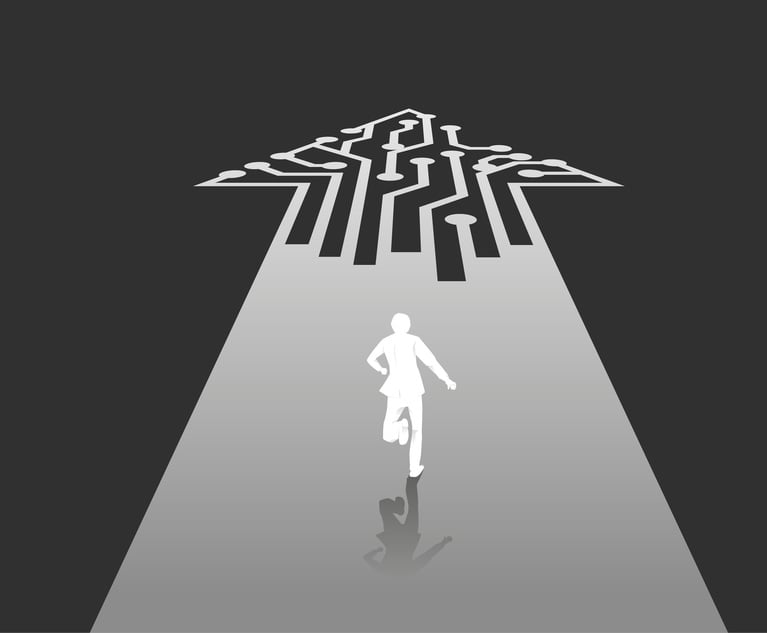Vol. 7, No. 27 July 3, 1996
Thirteen years ago, the role of a credit union teller was beginning to evolve. Advances in technology were creating more remote-access opportunities for members and predictions were made about the future of the teller position.
The consensus was that the number of teller positions would shrink, but the teller job wouldn't completely go away. Economists, consultants and credit union executives surveyed in a Credit Union Times article said that there would be fewer tellers in the future, but the teller job would evolve to include more responsibility and bigger paychecks.
Recommended For You
The teller's of the future, the article said, would be more of a member service representative. Tellers would be responsible for cross selling and mentioning new products and services. Due to the fact that remote access would limit the amount of in-branch transactions, tellers would also be required to make sure that every member was truly satisfied with the experience of coming into the credit union.
One credit union cited in the article compared the cost of the average teller transaction versus the average cost of an ATM transaction. The average teller transaction cost the credit union $1.97, and the average ATM transaction cost the credit union 86 cents. At the time, the credit union said that despite increases in remote-access activity, lobby traffic remained steady.
In 1991, the credit union said it had 75 tellers. In 1996, it was down to 33 tellers. The tellers hadn't lost their jobs, but instead their jobs were expanded to be member service representatives or account specialists.
© Touchpoint Markets, All Rights Reserved. Request academic re-use from www.copyright.com. All other uses, submit a request to [email protected]. For more inforrmation visit Asset & Logo Licensing.






